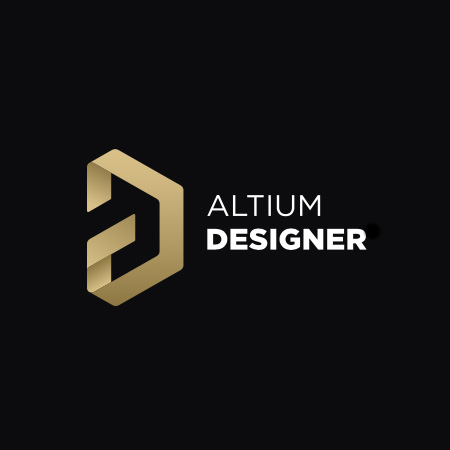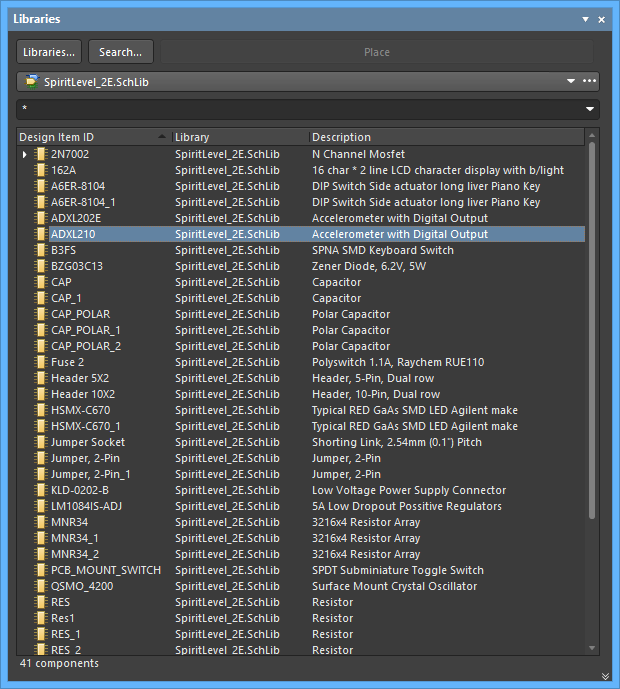

When you create a project release, all the design data can be made available to collaborators, including your schematic symbols and PCB footprint libraries. Components can then be accessed through the Components Panel in Altium Designer or through your web interface. You can create and store individual components using the standard features in Altium Designer, and you can add these components to your Workspace from the Projects Panel.

This is all enabled through the Altium 365 platform, which allows you to store your design data in a secure online repository. In an earlier blog, I looked at how you can use the project release features to reuse component data through Altium Concord Pro and Altium Designer.


Libraries have gone all digital, and the same should apply to your component libraries for your PCBs. Here’s how this works through Altium Designer using the Altium 365 platform. Other designers on your team can then access your components and download the components they need into a new component library for use in new projects. This includes manufacturer CAD models, which you might have downloaded from Octopart, a parts creation service, or a GitHub repository. With the data sharing tools in Altium 365, it’s extremely easy to place all your components in a single repository. As soon as a file name is changed and uploaded to your Dropbox account or FTP server, you’ve created a new version history that can be impossible to track. These tools all have their place in the remote work and collaboration ecosystem, but they make tracking of components, libraries, and other data very difficult. When you need to share projects or existing component data with your team, what’s the easiest way to get the data you need without creating long email chains?īefore working with Altium 365, we were stuck using tools like Slack, email, an FTP server, Dropbox, Skype, and even Google Drive for data storage. Without them, you wouldn’t be able to load up custom footprints, access schematic symbols, or much else for your PCB projects. Your libraries are the cornerstone of your PCB design projects.


 0 kommentar(er)
0 kommentar(er)
